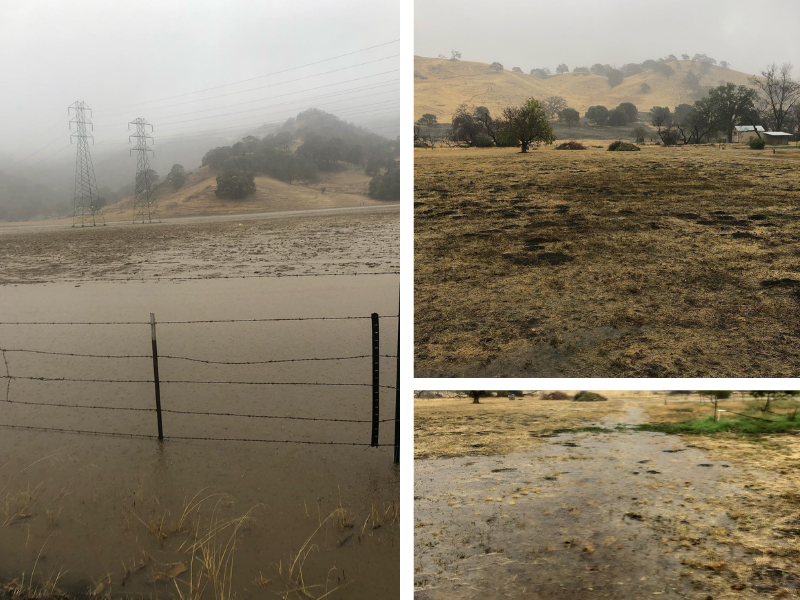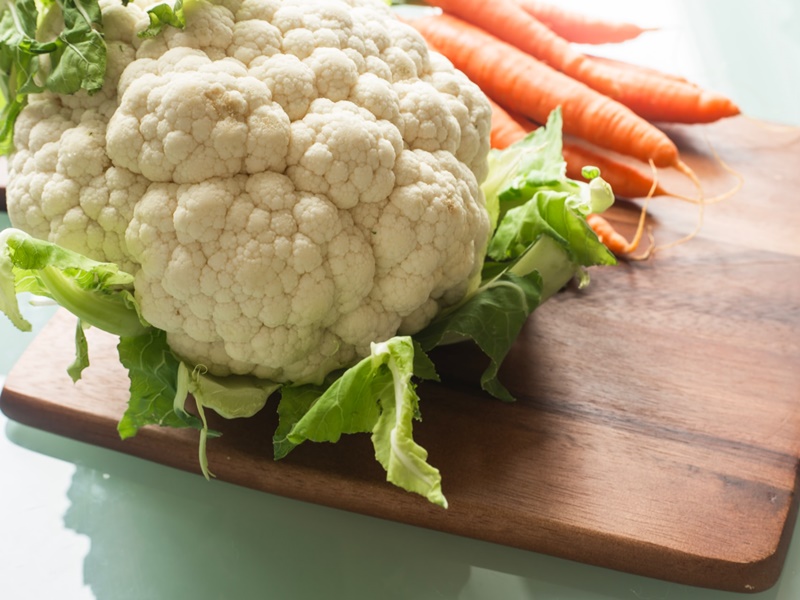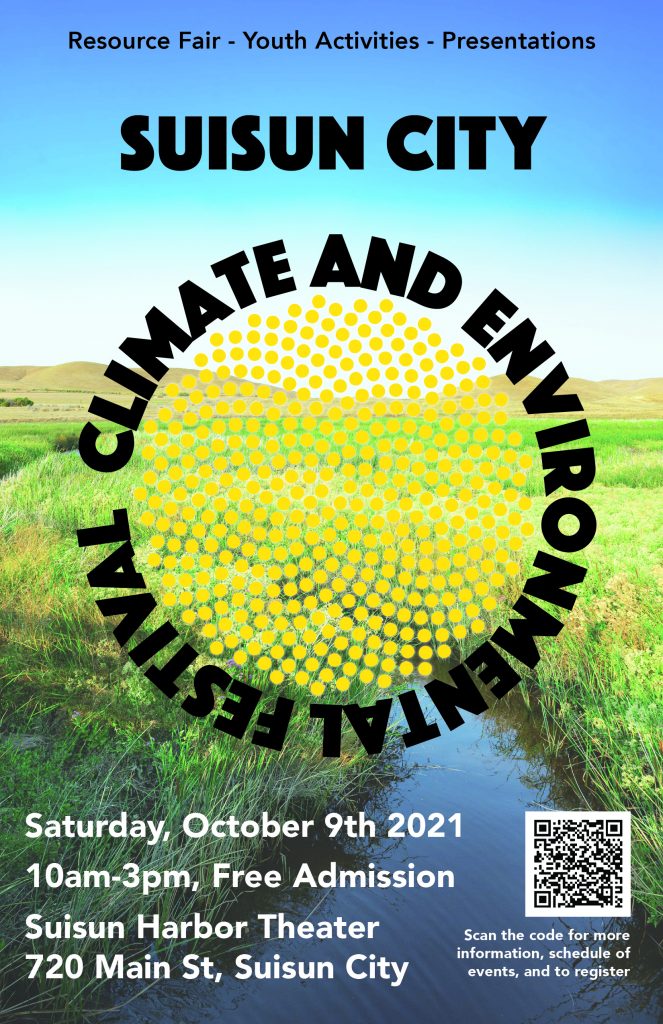Students Take Pride in Connecting with Local Food in Pilot Program
Photos courtesy of Bridgette Chestnut / SPSV
It’s not every day that you find a job that aligns with your passion, skill set and values, so when I found the Youth Cooking Program Manager position I was over the moon. The goal of Sustainable Solano’s Youth Cooking pilot program is to teach Solano youth the foundational principles of cooking with fresh, local, seasonal food in the context of a local food system. I was ready to put my educational and food industry background to work. The first few months were all about outreach and connecting with interested partners and it was motivating to see how many groups were interested, but the first group from St. Patrick-St. Vincent Catholic High School has shown a whole new reality of the impact this program can have on our next generation.
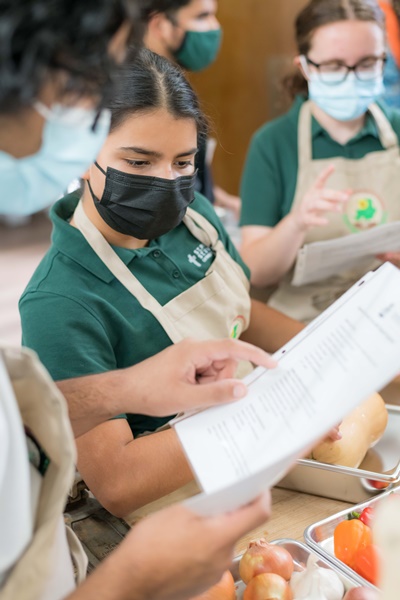 From gathering ingredients from local farmers, to taking inventory of all the cooking supplies necessary to make the class run smoothly, I was eager to share my passion for cooking and supporting local food with hungry young minds. Seven classes were booked for the first session. Each meeting would focus on a culinary skill such as roasting, sauteing, stock making, etc. and an educational intent like seasonality, healthy eating habits, and farming practices. Our first class introduced the regional map of Solano County, showing where things grow and how fortunate we are to be surrounded by such abundance. The students then got to cooking, learning new knife skills and becoming comfortable in the kitchen. As we sat down to enjoy our first meal together, I asked, “What’s your favorite meal?” Their answers blew me away. Not a continent was missed; this group named dishes from Syria, China, Peru, just to name a few. Things I had never even heard of were being described; their connection to food was evident, so my goal of connecting the importance of eating locally sourced, healthy food seemed to work into conversations organically.
From gathering ingredients from local farmers, to taking inventory of all the cooking supplies necessary to make the class run smoothly, I was eager to share my passion for cooking and supporting local food with hungry young minds. Seven classes were booked for the first session. Each meeting would focus on a culinary skill such as roasting, sauteing, stock making, etc. and an educational intent like seasonality, healthy eating habits, and farming practices. Our first class introduced the regional map of Solano County, showing where things grow and how fortunate we are to be surrounded by such abundance. The students then got to cooking, learning new knife skills and becoming comfortable in the kitchen. As we sat down to enjoy our first meal together, I asked, “What’s your favorite meal?” Their answers blew me away. Not a continent was missed; this group named dishes from Syria, China, Peru, just to name a few. Things I had never even heard of were being described; their connection to food was evident, so my goal of connecting the importance of eating locally sourced, healthy food seemed to work into conversations organically.
By our fifth class we headed to Be Love Farm in Vacaville, where we toured with owner Matthew Engelhart, who eloquently demonstrated the efficiency of his regenerative farming practices. We got our hands dirty harvesting popcorn, then ate a delicious lunch at the farmstead around a large table where we shared what we are grateful for. I didn’t think the class could get any better than this, but I was wrong.
For our last meeting we hosted a final feast, inviting parents to join us. Students chose recipes based on what was in season and each group was responsible for a course. Watching each student take pride and ownership for their course was awe inspiring. They focused on everything from taste to plate presentation, and were eager to share it with their guests. They exceed our expectations. What started as a basic cooking class evolved into a group of young people connecting with one another through food and an eagerness to learn.
This was just the first session of this pilot, and it most certainly set the bar high, but we are eager to continue working with Solano youth. Next up, we will be hosting Girl Scouts for a weekend intensive session; a day at Umbel Roots farm followed by a day in the Solano County Fairgrounds’ kitchen with Chef Stephanie Oelsligle Jordan and myself. Solano’s 4-H Club and the Vallejo Project are also in the works for sessions early next year. SPSV would also like to have us back for another round in the spring for the interested students that did not get the chance to participate.
I entered that kitchen with the intention of inspiring students to connect with their food and understand the impact that it plays on their lives, but I left it inspired by our next generation and their capacity to understand the importance of healthy food. I hope this experience is something they will never forget; it will most certainly last a lifetime for me.
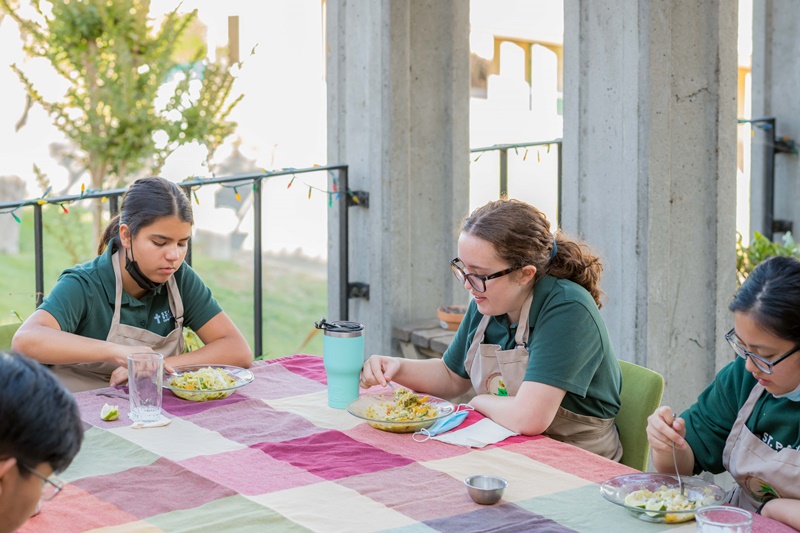

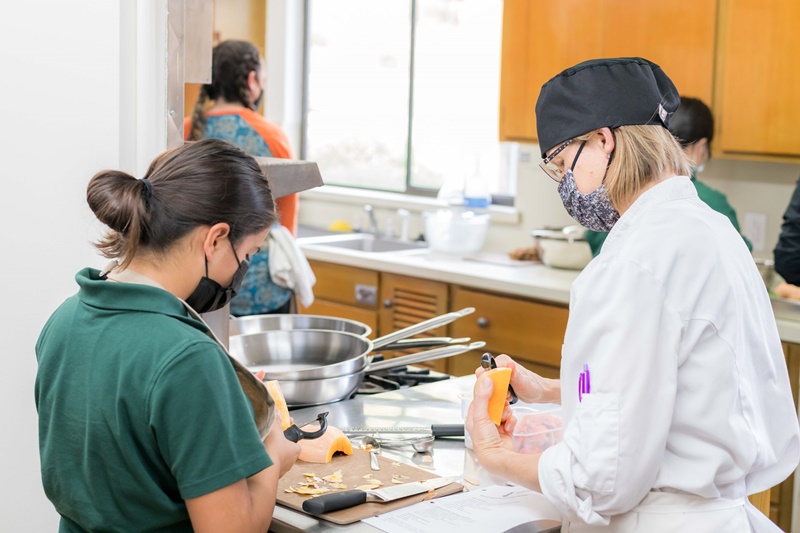
 Are there special worms to get? I heard there’s worm that are not earthworms.
Are there special worms to get? I heard there’s worm that are not earthworms. I have mushrooms growing on top of my compost pile
I have mushrooms growing on top of my compost pile